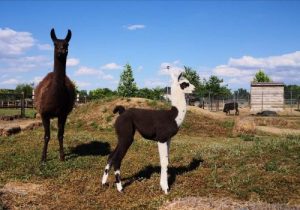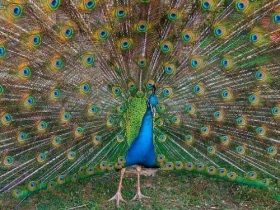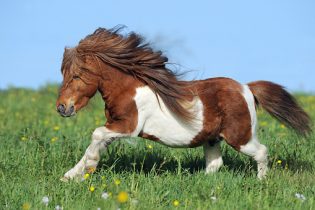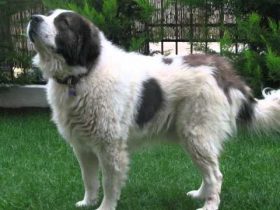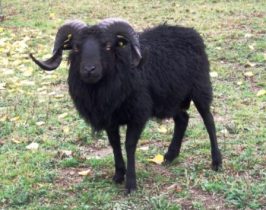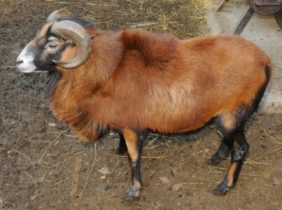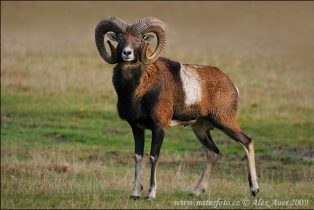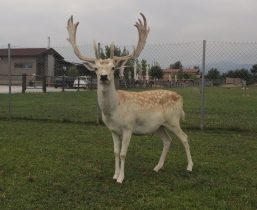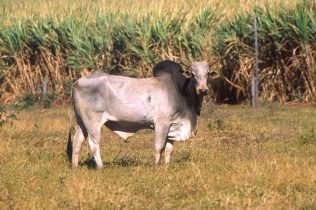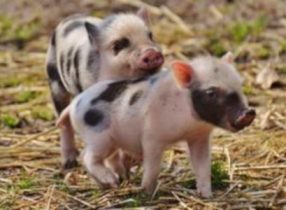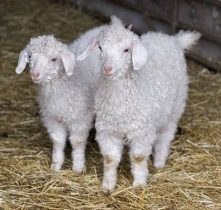In the 1960s, Chinese pigs of small weight were sent to zoos in America. People soon began buying them as pets, and so they began to appear everywhere, from New York’s apartment complexes to small suburban homes. The pattern of the breed when fully developed is no more than 60 cm high and 80 kg weight. They are used for medical research, toxicology, pharmacology, experimental surgery, pneumology, cardiology, transplantation and aging studies. They are useful in the study of human disease because, due to their low weight and high intelligence, they are easy to manage in a laboratory environment. For example, scientists are working to study the possibility of using guinea pig hearts for human heart organ transplants and work has been done to genetically modify pig tissues to be accepted by the human immune system. Mini pigs are usually kept as pets because of their size, sweetness and wisdom. It has even evolved through a genetic modification and a super mini pig 18 cm high, which has a great resonance as a pet like the breeds of small dogs.
Καθημερινές 14:00-22:00
Σαββατοκύριακα και αργίες 09:00-22:00
+30 6932 706080Σαββατοκύριακα και αργίες 09:00-22:00


